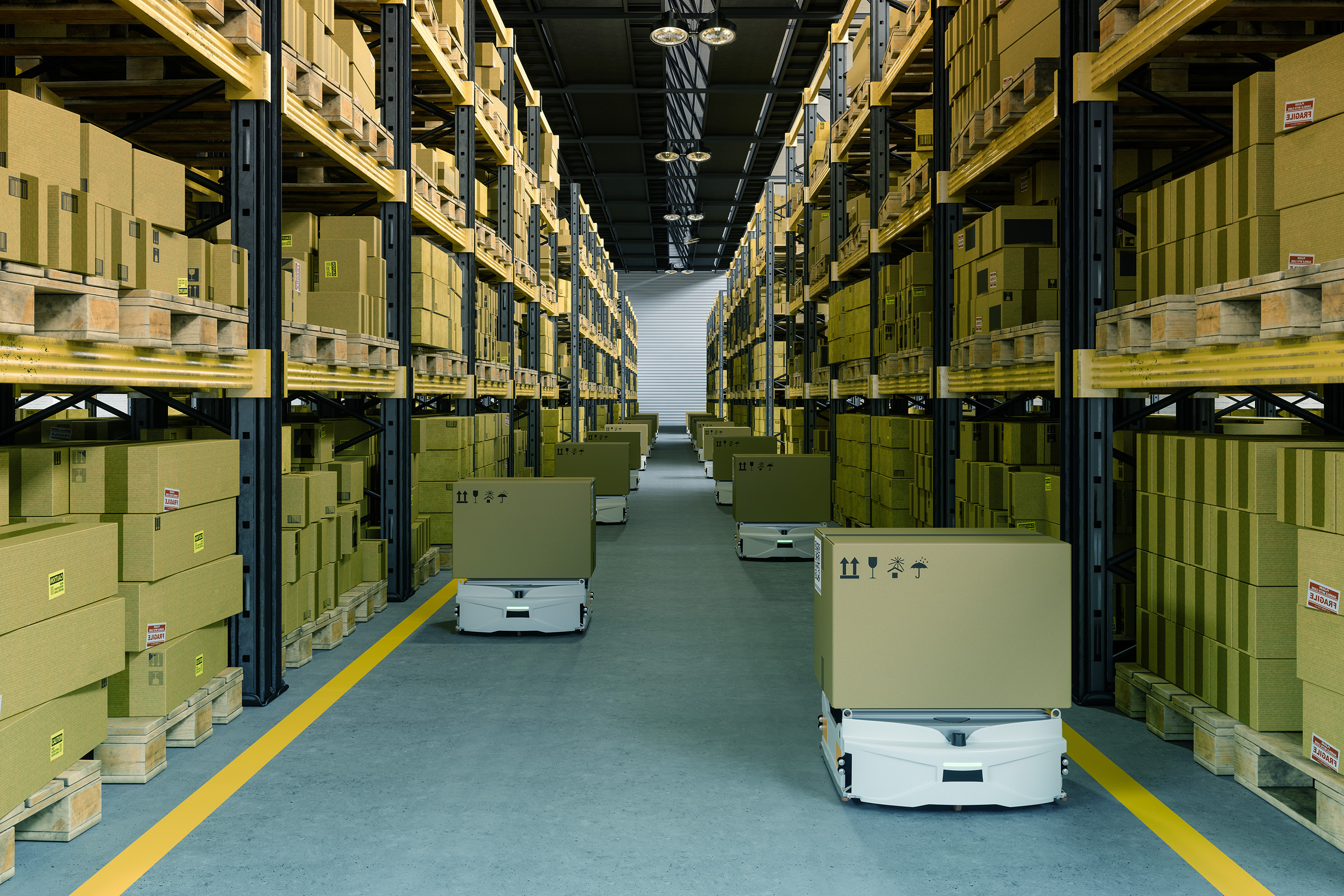Autonomous Robotic Warehouses: Revolutionising Material Handling and Logistics with Fast-Charging Robotics

As we embark on the third decade of the 21st century, the landscape of technological advancements continues to evolve at remarkable speed, setting the stage for yet another transformative era. The initial two decades witnessed rapid adoption in various domains, from dizzying advancements in mobile technology, the evolution of 3G to 5G, social media connectivity in every corner of the world, reusable rockets and streaming services, to the advent of mass-produced electric vehicles.
Building upon these foundations, the next few decades promise to bring about another wave of innovations that will reshape the way we live, work, and interact with the world.
One of the most prominent technological shifts in recent years has been the integration of battery-powered autonomous robotic systems into various industries, with a significant impact on supply chain management. The prevalence of e-commerce and retail giants like Amazon and Walmart has been a driving force behind the acceleration of autonomous robotic warehouses. The demand for rapid and efficient delivery promising same or next-day services has fuelled the development of sophisticated AI and robotics systems capable of handling complex pick and place operations. This trend has been further amplified by the challenges posed by the global pandemic, which prompted the need for resilient and adaptable supply chains.
Rapid adoption of fast-charge battery technologies will power a 24/7 global supply chain
To power the relentless operation of these warehouses on a 24/7 basis, the focus is shifting towards advanced battery technologies such as Nyobolt’s, capable of powering AMRs for extended periods with rapid recharge times under five minutes. This not only minimizes charging downtime but also addresses the pressing need for efficiency in a sector where every hour lost can translate into significant delays, revenue losses and customer dissatisfaction.
In 2023, the logistics and third-party logistics (3PL) industry in the U.S. alone comprised over 20,000 locations generating approximately $250 billion annually. The adoption of ultra high-power battery systems is poised to revolutionize this landscape by reducing the need for operating three times the number of mobile robots to compensate for charging downtime.
By doing so, we anticipate witnessing a monumental step change in how goods are produced and seamlessly moved down the supply chain, from autonomous manufacturing facilities to end consumers’ doorsteps.
Stay Updated with Nyobolt Insights
Subscribe to our free newsletter